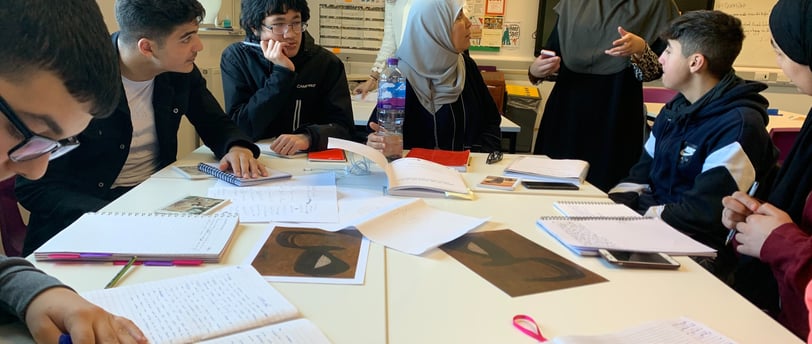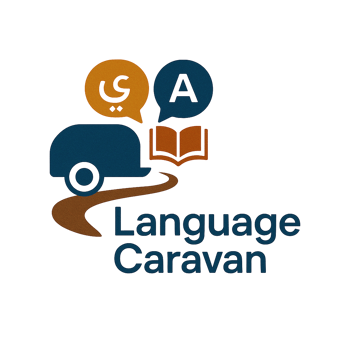Unleashing Creativity: Using Digital Storytelling as a Powerful Teaching Method
In today's digitally driven world, captivating students' attention can be a challenge. Enter digital storytelling – a dynamic and engaging approach that blends traditional storytelling with multimedia elements. This post explores what digital storytelling is, how educators can effectively integrate it into their teaching practices, and the profound impact it can have on student learning.
Dr. Fatima Khaled
12/12/20242 min read


What is Digital Storytelling?
Digital storytelling is the practice of using digital tools to craft and share narratives. Unlike traditional storytelling, it incorporates a variety of multimedia elements, such as:
Images and illustrations: Visuals that enhance the narrative and evoke emotions.
Audio and music: Sound effects, voiceovers, and music that create atmosphere and depth.
Video clips: Short video segments that add movement and realism.
Animation: Animated sequences that bring stories to life.
These elements are combined to create compelling narratives that resonate with audiences on a deeper level.
How Can We Use Digital Storytelling as a Teaching Method?
Digital storytelling offers a wealth of opportunities for educators across various subjects and grade levels. Here are some practical ways to integrate it into the classroom:
Personal Narratives: Encourage students to share personal experiences and reflections using digital media. This fosters self-expression, builds empathy, and promotes a sense of community.
Content Exploration: Use digital storytelling to explore historical events, scientific concepts, or literary themes. Students can research a topic, create a narrative around it, and present their findings in an engaging format.
Language Learning: Digital storytelling can be a powerful tool for language acquisition. Students can create stories in the target language, practicing vocabulary, grammar, and pronunciation.
Project-Based Learning: Integrate digital storytelling into project-based learning activities. Students can use it to document their research process, present their findings, and reflect on their learning journey.
Collaborative Projects: Encourage students to work together on digital storytelling projects. This promotes teamwork, communication skills, and shared learning.
Steps for Implementing Digital Storytelling in the Classroom:
Brainstorming and Story Development: Guide students through the process of developing a compelling narrative, including identifying the key message, characters, and plot.
Scriptwriting and Storyboarding: Help students create a script or storyboard to outline the sequence of events and visual elements.
Multimedia Collection and Creation: Assist students in gathering or creating the necessary multimedia elements, such as images, audio, and video.
Digital Story Creation: Introduce students to digital storytelling software or online tools and guide them through the process of assembling their stories.
Sharing and Reflection: Provide opportunities for students to share their stories with the class and reflect on their learning experience.
Impact of Digital Storytelling on Students:
Digital storytelling has a profound impact on student learning and development:
Increased Engagement and Motivation: The multimedia nature of digital storytelling captivates students' attention and motivates them to actively participate in the learning process.
Enhanced Creativity and Critical Thinking: Creating digital stories encourages students to think creatively, analyze information, and develop critical thinking skills.
Improved Communication and Collaboration: Digital storytelling promotes effective communication, teamwork, and collaboration among students.
Development of Digital Literacy Skills: Students gain valuable experience using digital tools and technologies, enhancing their digital literacy skills.
Deeper Understanding of Content: By actively engaging with content through storytelling, students develop a deeper understanding and retention of information.
Increased Self-Esteem and Confidence: Sharing personal stories and receiving positive feedback can boost students' self-esteem and confidence.
Conclusion:
Digital storytelling is a powerful and versatile teaching method that can transform the learning experience for students. By embracing this innovative approach, educators can create engaging, meaningful, and memorable learning opportunities that empower students to become creative storytellers and effective communicators in the digital age.
